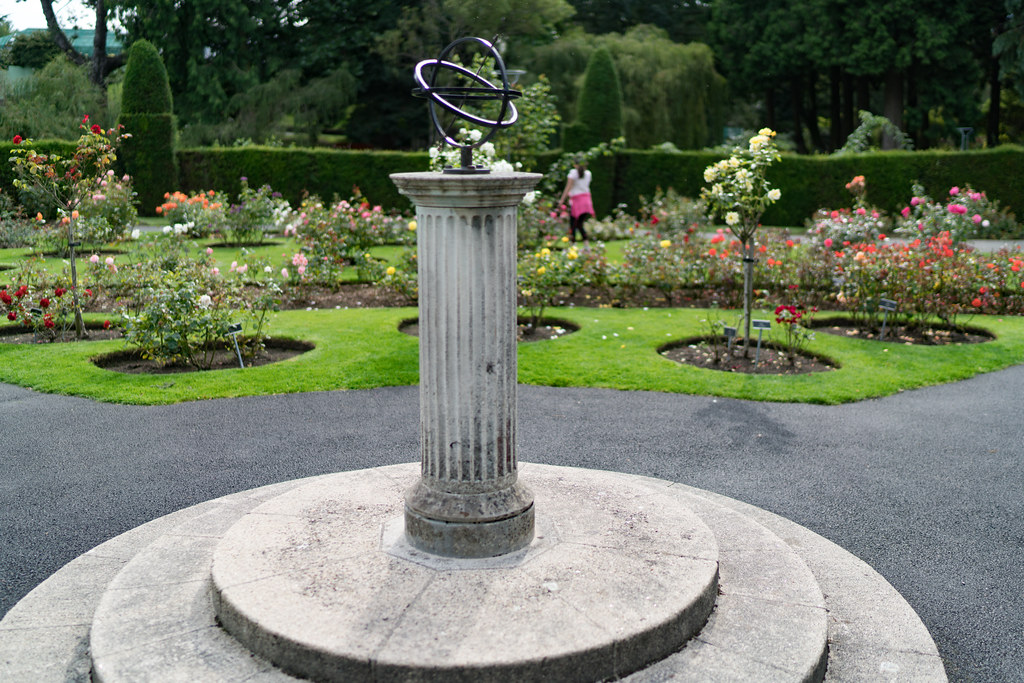
Custom Search
THE GREEN MENU OPTIONS ARE MOBILE FRIENDLY AND ARE FASTER SO THEY ARE RECOMMENDED. THE RED MENU OPTIONS ARE SOMEWHAT SLOWER DEPENDING ON YOUR DEVICE OR BROWSER AND ARE MORE SUITABLE FOR DESKTOPS AND LAPTOPS. THE BLUE OPTIONS ARE PAGE LINKS AND WILL BE PHASED OUT GOING FORWARD
SUNDIAL IN THE ROSE GARDEN
SORRY FOR THE DELAY
When I am sad or in a bad humour I usually visit the Botanic Gardens in Glasnevin.
There are two sundials in the National Botanic Garden: One in front of the Palm House is the more familiar horizontal dial. This one was made in the mid eighteenth century by Lynch of 26 Capel Street, Dublin. It is one of the few dials in Ireland with a time-scale graduated in single minutes. [I have yet to photograph this]
It also features the names of other cities from Bombay to Rio de Janeiro, indicating the moment of solar midday for them. On the right, the cities of Madrid, London, Paris and Rotterdam can be seen adjacent to the gnomon.
Across the Tolka river, in the Rose Garden, is a modern, armillary type dial [featured in this photograph]. The arrow points directly at the North star - Polaris. As the sun crosses the sky it casts a shadow from the shaft of the arrow on the inside of the ring that represents the equatorial line of the earth, giving the hour of the day. The shadow cast by this equatorial band against the ring supporting the arrow indicates the progression between the Solstice dates (Midwinter and Midsummer days) through the Equinox (Spring and Autumn).
http://www.botanicgardens.ie/nbg/features/sundial.htm
It also features the names of other cities from Bombay to Rio de Janeiro, indicating the moment of solar midday for them. On the right, the cities of Madrid, London, Paris and Rotterdam can be seen adjacent to the gnomon.
Across the Tolka river, in the Rose Garden, is a modern, armillary type dial [featured in this photograph]. The arrow points directly at the North star - Polaris. As the sun crosses the sky it casts a shadow from the shaft of the arrow on the inside of the ring that represents the equatorial line of the earth, giving the hour of the day. The shadow cast by this equatorial band against the ring supporting the arrow indicates the progression between the Solstice dates (Midwinter and Midsummer days) through the Equinox (Spring and Autumn).
http://www.botanicgardens.ie/nbg/features/sundial.htm
